- News
-
-
-
-
-
Latest News Articles
- Q&A: TEK and the wildlife profession April 24, 2024
- History may point to a brighter future for Canada lynx April 24, 2024
- New maps expand picture of big-game migrations in the West April 23, 2024
-
-
-
- Wildlife Professional Resources
-
- Our Network
-
- PUBLICATIONS
-
-
Recent Posts
-
 The Wildlife Professional November/December Issue
November 1, 2023
The Wildlife Professional November/December Issue
November 1, 2023
-
-
-
-
-
-
- Wildlife Events
-
-
-
Upcoming Webinars
- No Events
-
-
-
- Who We Are
-
Category: TWS Wildlife News
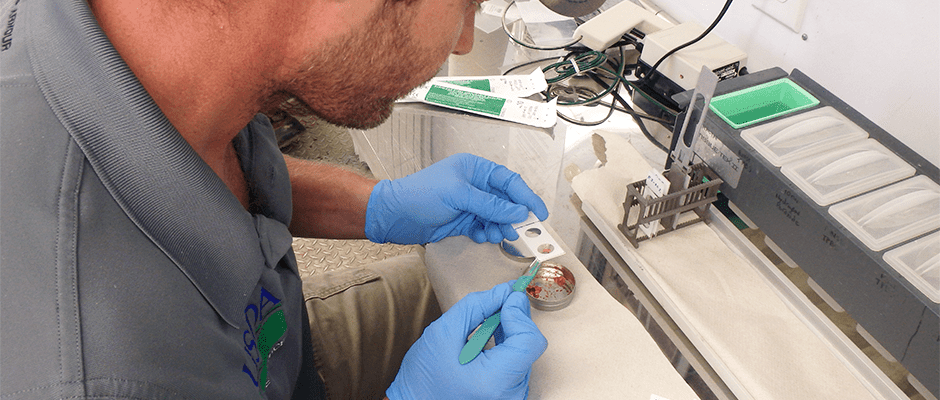
August 6, 2018
Simpler rabies test a ‘game changer’ in remote spots
Rabies is a worldwide problem — a deadly disease affecting humans in much of the world and mostly wildlife in North America, but diagnosing it hasn’t been easy. It’s relied...

August 3, 2018
USFWS and NOAA Fisheries propose ESA changes
The U.S. Fish and Wildlife Service and the National Marine Fisheries Service (NOAA Fisheries) have announced proposed revisions to the Endangered Species Act. The proposed changes, which were announced July...

August 1, 2018
Restoration of Pine-Oak Woodlands in Missouri — from The Wildlife Professional
Using Science to Inform Land Management Debates and Decisions On a warm July day in 2014, our group headed out to a field tour on the Mark Twain National...
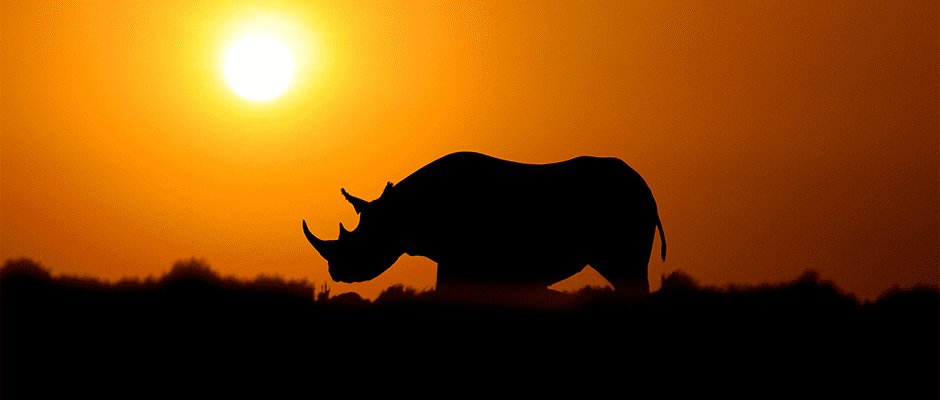
August 1, 2018
If you can’t save everything, how do you choose?
If you can’t save all the endangered species in the world, which ones do you choose? It’s not an easy question for conservationists, but they do have a way to...

July 31, 2018
‘Minibus’ carries Interior-Environment bill through Congress
The House of Representatives has passed a so-called ‘minibus’ package (H.R. 6147) containing the Interior-Environment and Financial Services-General Government appropriations bills. The White House released a statement expressing support for...

July 31, 2018
Inbreeding threatens northern spotted owls
Northern spotted owls (Strix occidentalis caurina) face plenty of external threats, including habitat loss, deforestation and competition from invasive barred owls (Strix varia). They also face threats from inbreeding, according...

July 30, 2018
JWM: Salmon poisoning disease could affect relocated grizzlies
Grizzly bears (Ursus arctos horribilis) relocated to Washington’s North Cascades from areas without salmon (Oncorhynchus sp.) may be sensitive to salmon poisoning disease, according to new research. Biologists say the findings...
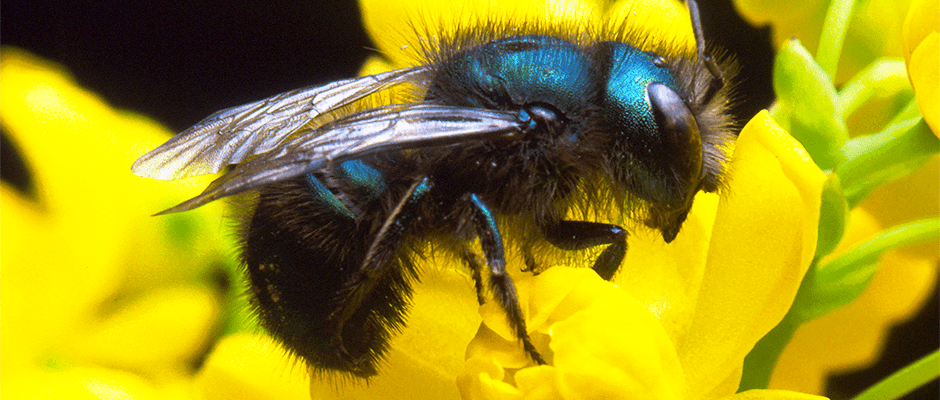
July 27, 2018
Climate change threatens Arizona’s mason bees
Mason bees are critical pollinators in the high deserts of Arizona, but climate change may drive them out of these and other warm regions as temperatures climb. “They might be...
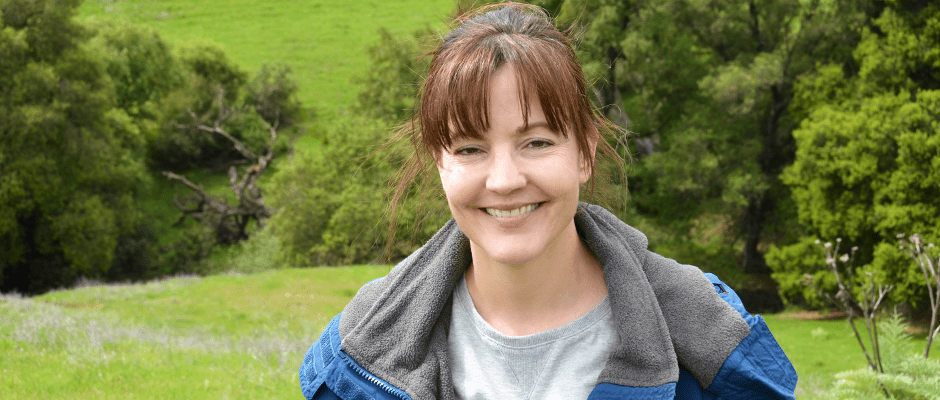
July 27, 2018
Site Visit Insights: A bank for conservation
Site visits are critical to helping scientists learn more about species and their habitats. The trips often take them into areas most people do not have a chance to explore,...
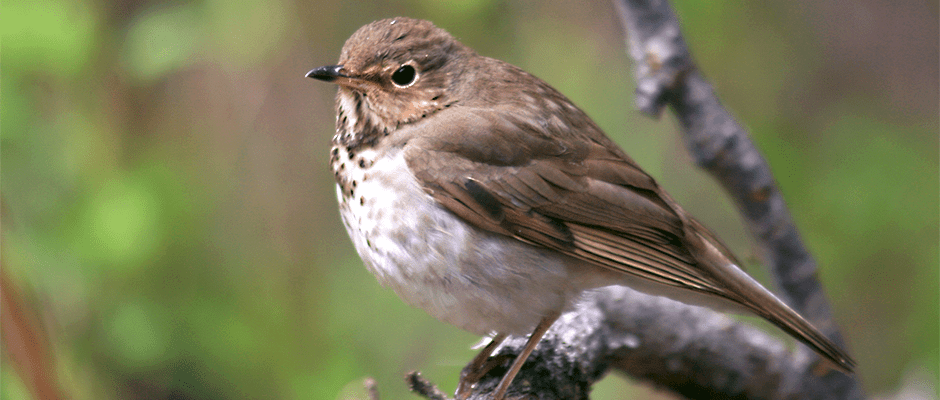
July 26, 2018
Study maps ‘climate corridors’ for shifting species
As climate change impacts ecosystems around the world, wildlife managers are expecting to see many species leave their current ranges for new areas better suited to them. But where are...

